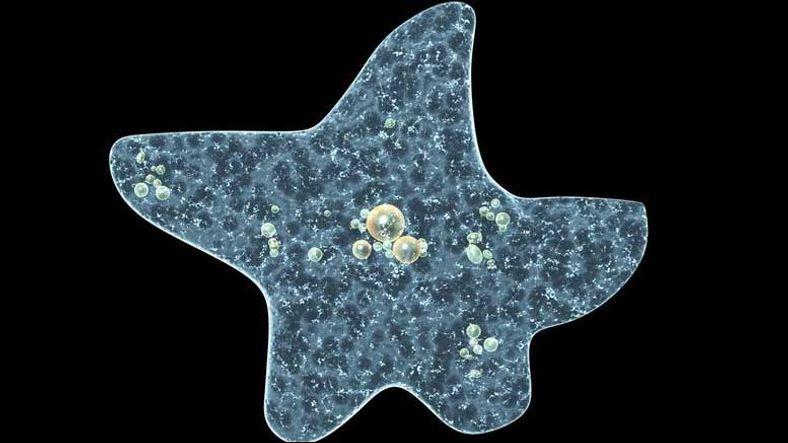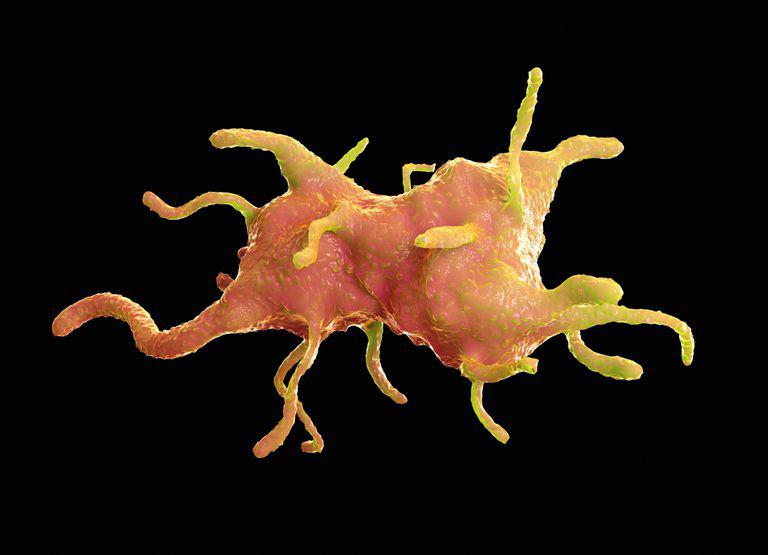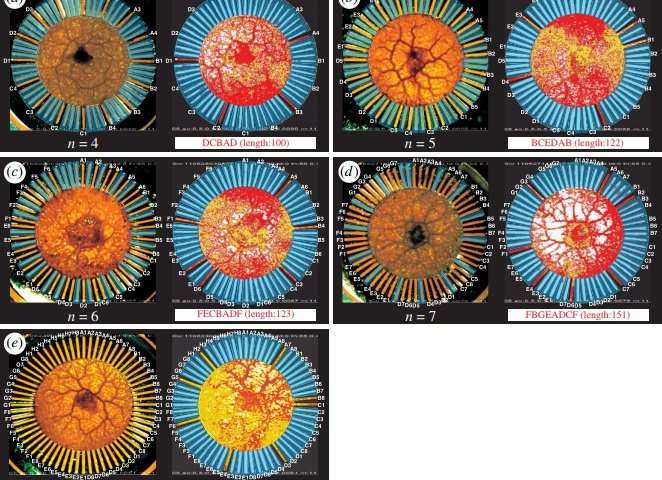Scientists who have managed to use a single-cell live amoeba for computational operations open the way for a new alternative to traditional computers.
A group of scientists from the University of Keito, Masashi Aono managed to solve a problem called an into an amoeba Travelling Salesman problem (TSP). The aim of this question is to ensure that a vendor who has once been to all cities finds the shortest route in the same way that the start and end points remain the same.

The question is a difficult question in terms of neural programming. This is because as the number of cities increases, the more the route into the business. While there are only three different solutions for four cities, the number of solutions for 8 cities is 2520.
Amoeba follows an ideal path when solving this question. As the number of cities increases, the time spent by the amoeba increases linearly. Computers can also perform a similar performance. However, what makes amoeba special is the method it implements to solve the problem.

The amoeba usually has a body consisting of plasma. It finds the ideal way of distributing fluids evenly in your body. Meanwhile, it processes the data it collects around simultaneously.
The amoeba escaped from the light. An amoeba controlled by light movement in the experiment. It was placed in a chip with a 64 channel. There were also nutrients in the chip. When Amoeba took a food, the road was closed with light, so it wouldn’t go back on that road. In the meantime, it was examined how amoeba collected the nutrients.

Each of the satellite chips contained in the chip is named with a separate letter and represented cities. For example, chips were named A, B, C, D. When the AMIP followed the A4, B2, C1 and D3 routes the resulting route was C, B, D, A, C.
Researchers think they can work better and faster results and even develop new models by working on the data they have acquired and the system they have established.

No Comments!